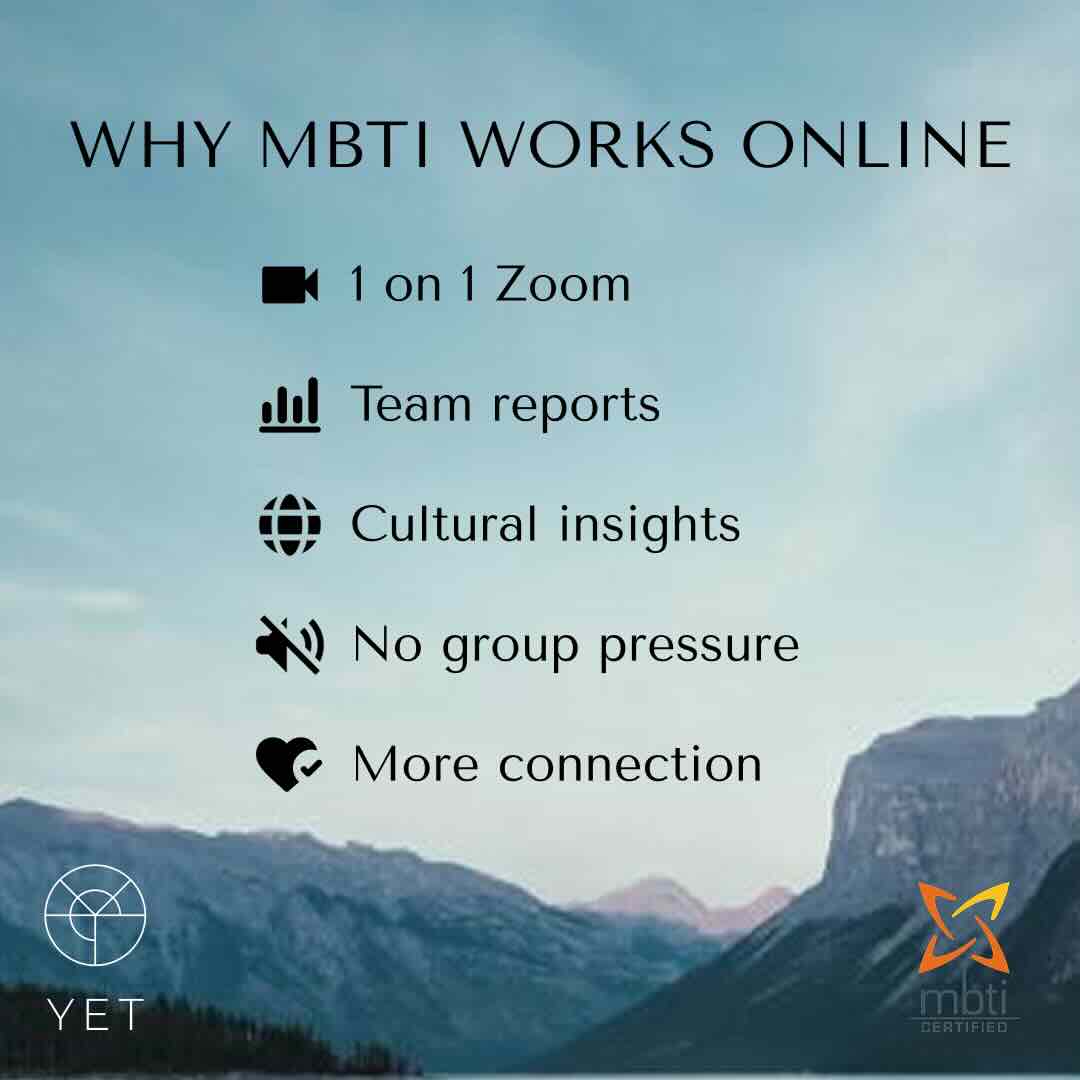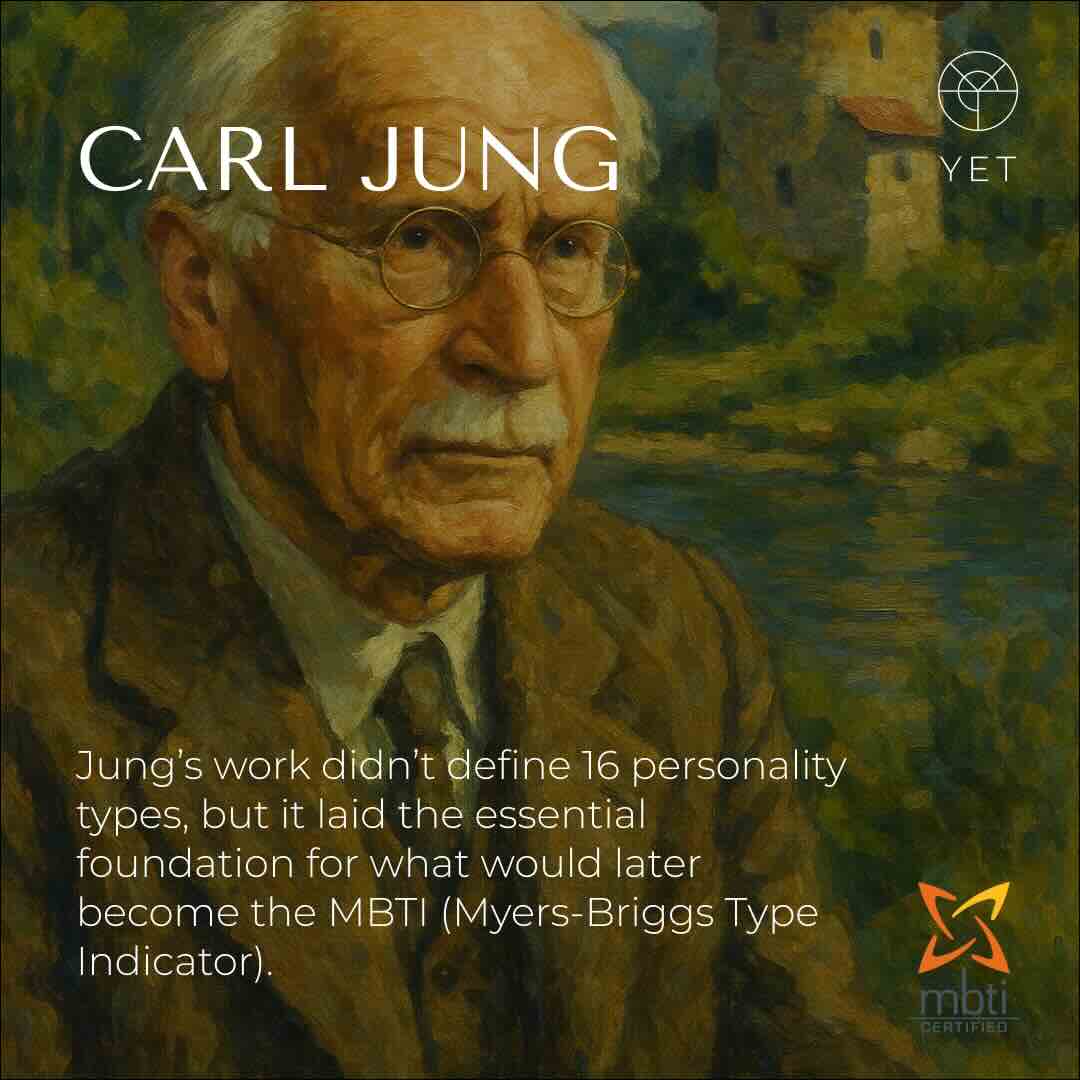Is there a formula for MBTI chemistry?
When it comes to human interactions, we’ve all experienced situations where we click instantly with someone, while other relationships require more effort. Whether in friendships, romantic relationships, or professional settings, the dynamic between two individuals can vary significantly. In recent years, the Myers-Briggs Type Indicator (MBTI) has gained popularity to understand personality types and the “chemistry” between them. But is there a formula for MBTI chemistry? Can certain personality types predict better relationships than others?
While MBTI is not an absolute science, it offers a framework to better understand the dynamics of personality interaction. MBTI chemistry refers to the natural ease or difficulty of interaction between different personality types based on their cognitive functions. The idea is that the way we perceive and process information influences how we relate to others. Understanding these cognitive functions can shed light on why we connect more easily with certain people and experience friction with others.
What Is MBTI Chemistry?
At the heart of MBTI chemistry is the interaction between cognitive functions—the mental processes that shape how we perceive the world and make decisions. Each of the 16 MBTI personality types has a unique combination of cognitive functions, which can either complement or clash with another person. These functions include Sensing (S), Intuition (N), Thinking (T), and Feeling (F), with variations in whether these are expressed inwardly (introverted) or outwardly (extraverted).
For example, an ENFP’s dominant function is Extraverted Intuition (Ne), which is all about exploring possibilities and generating ideas. On the other hand, an ISTJ has dominant Introverted Sensing (Si), which focuses on past experiences and traditions. When these two people interact, they may either find their differences fascinating and complementary or struggle to find common ground. Understanding the role of cognitive functions can help explain these dynamics.
Understanding MBTI Pairing: The Role of Cognitive Functions
Each MBTI personality type is defined by four cognitive functions that form a hierarchy. The dominant function is the primary way an individual interacts with the world, while the auxiliary, tertiary, and inferior functions play supporting roles. The relationship between these functions determines how two people might interact.
Dominant Function Dynamics
The dominant function represents the individual’s strongest mode of operating. It’s like the driver of a car, controlling how we respond to the world. Chemistry can emerge when two people share similar dominant functions, but sometimes it’s the difference in functions that creates a spark. Let’s take two contrasting types:
- Extraverted Thinking (Te): Types such as ESTJs or ENTJs lead with Te, which focuses on efficiency, logic, and organizing external systems. When two Te types interact, they may find their shared goal-oriented approach leads to a natural partnership. However, their mutual drive for control may also lead to power struggles.
- Introverted Feeling (Fi): Types like INFPs and ISFPs lead with Fi, which values personal morals, inner authenticity, and emotional depth. When two Fi users connect, they can bond over shared values and a desire for emotional integrity. However, because Fi is such an individualistic function, there can also be a risk of misunderstanding or emotional distance.
Pairing people who lead with similar functions, such as two Ne-dominant types (ENFP and ENTP), can foster creativity and synergy. These individuals thrive on brainstorming and bouncing ideas off each other. Conversely, pairing dominant Te with Fi may create friction, as one prioritizes logic while the other values personal emotions.
Auxiliary Function and Balance
While the dominant function is the driver, the auxiliary function acts like the front-seat passenger, providing support and balance. Chemistry often flourishes when one person’s auxiliary function complements the other’s dominant function. For example:
- INFJ (Ni-Fe) and ENTP (Ne-Ti): INFJs lead with Introverted Intuition (Ni), focusing on abstract patterns and future possibilities, while ENTPs lead with Extraverted Intuition (Ne), generating endless ideas. The INFJ’s auxiliary Extraverted Feeling (Fe) helps them understand others’ emotions, balancing the ENTP’s more analytical, detached approach. This can create a harmonious connection where each person provides what the other lacks.
In friendships, romantic partnerships, or even professional teams, complementary auxiliary functions often lead to mutual respect and admiration. An ESTP’s Se-Ti combination, for example, might be the perfect balance to an INFJ’s Ni-Fe, allowing the more action-oriented ESTP to pull the INFJ out of their abstract thinking and into the present moment.
Complementary Types: Duality and Balance
Beyond individual cognitive functions, MBTI types can complement each other in broader ways. This often happens when one type’s strengths balance out the other’s weaknesses. For instance, an ENFP and an INTJ may appear like an odd couple, but their cognitive functions—Ne-Fi for the ENFP and Ni-Te for the INTJ—offer complementary perspectives.
Opposites Attract?
The concept of “opposites attract” holds true for many MBTI relationships. Opposite types often provide what the other lacks, creating a balanced and dynamic interaction.
Here are some notable examples of complementary opposites:
- ENFP and INTJ: ENFPs are spontaneous, creative, and full of ideas, while INTJs are strategic, focused, and goal driven. The ENFP’s Ne helps the INTJ think outside the box, while the INTJ’s Te helps ground the ENFP’s ideas into actionable plans. Together, they can achieve more than they might individually.
- ESFJ and INTP: The ESFJ is naturally sociable and in tune with others’ needs, while the INTP is more reserved and focused on logical analysis. Their differences create balance—where the INTP may miss social cues, the ESFJ steps in, and where the ESFJ might overlook details, the INTP provides precision.
While these opposites often create chemistry through balance, they can also present challenges. Misunderstandings may arise if the differences are not respected. For example, an ENFP’s spontaneity might frustrate an INTJ’s need for structure, or an INTP’s blunt communication might hurt an ESFJ’s feelings. The key is mutual understanding and adaptation.
Shared Values or Contrasting Energy?
While cognitive functions play a major role in MBTI chemistry, other factors like shared values or contrasting energy levels can significantly influence the quality of interactions. Some types bond over similar approaches to life, while others thrive on their differences.
Shared Values: Connecting Through Common Ground
Certain types naturally share similar values and communication styles, which can lead to smoother interactions. For example:
- INFP and INFJ: Both types are idealistic, empathetic, and deeply reflective. They value authenticity and meaningful connections, which allows them to bond on an emotional level. Their shared Feeling function (Fi or Fe) makes them sensitive to others’ needs, while their Intuitive nature encourages deep conversations about abstract ideas.
- ESTJ and ISTJ: Both are grounded and prefer practical solutions to problems. They value tradition, consistency, and order. Their shared Sensing-Thinking combination (Se-Te or Si-Ti) makes them reliable partners in both work and life, where they prioritize responsibility and logic.
When two types share common values, their chemistry can feel effortless, as they naturally understand and support each other’s worldview.
Contrasting Energy: Sparking Excitement
Sometimes, the best chemistry comes from contrasting energy. An Extravert may feel energized by an Introvert’s calm demeanor, while a Perceiver may find joy in a Judger’s organizational skills. These contrasting energies can create dynamic relationships where each person brings something different to the table.
- ESFP and INTJ: The fun-loving, spontaneous ESFP may seem like an unlikely match for the serious, strategic INTJ. However, their differences can create a magnetic connection. The ESFP’s ability to live in the moment balances the INTJ’s focus on long-term planning, while the INTJ’s structure helps the ESFP stay grounded.
- ISTP and ENFJ: The ISTP’s logical, action-oriented approach contrasts with the ENFJ’s people-focused, nurturing nature. Their chemistry lies in their ability to learn from each other—the ENFJ helps the ISTP develop emotional awareness, while the ISTP teaches the ENFJ to prioritize logic in decision-making.
Potential Clashes: Miscommunication and Friction
While MBTI chemistry can foster connection, it can also lead to friction, particularly when personalities have starkly different cognitive functions. Miscommunication, conflicting priorities, or mismatched values can create tension, especially if one or both parties are unwilling to compromise.
Thinking vs. Feeling: Logic vs. Emotion
One of the most common sources of friction occurs between Thinkers (T) and Feelers (F). Thinkers prioritize logic and objective analysis, while Feelers focus on emotions and the impact decisions have on others. In a relationship, this can lead to misunderstandings.
For example, an ISTJ may approach a problem with cold, hard facts, while an ENFJ considers the emotional consequences. The ISTJ might see the ENFJ as overly emotional or impractical, while the ENFJ views the ISTJ as insensitive. Over time, this difference can cause strain unless both types learn to appreciate each other’s strengths.
Judging vs. Perceiving: Structure vs. Flexibility
Another common source of friction occurs between Judging (J) and Perceiving (P) types. Judgers prefer structure, order, and planning, while Perceivers enjoy flexibility, spontaneity, and going with the flow. In work or social settings, these differences can cause tension.
For example, an ENTJ may become frustrated with an ENFP’s tendency to change plans at the last minute, while the ENFP feels constrained by the ENTJ’s rigid schedules. To maintain chemistry, both types must find a middle ground where they can respect each other’s approach to time and planning.
How to Enhance MBTI Chemistry
The key to fostering positive MBTI chemistry is understanding, empathy, and communication. By being aware of your own MBTI type and the types of those around you, you can learn to adjust your communication style and approach to strengthen relationships.



